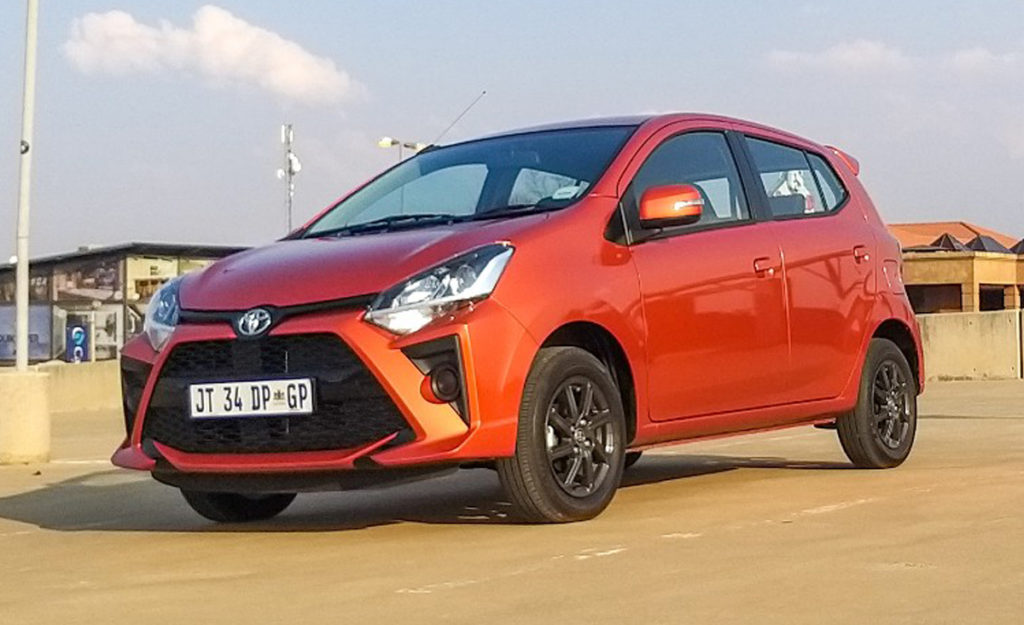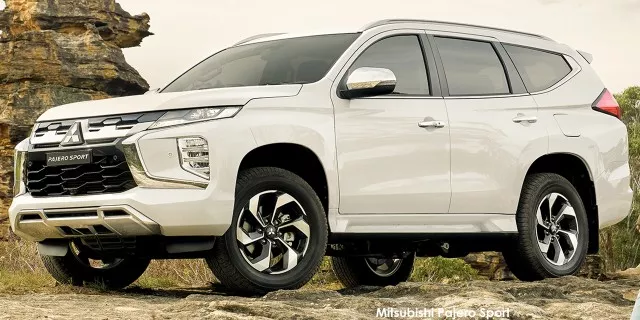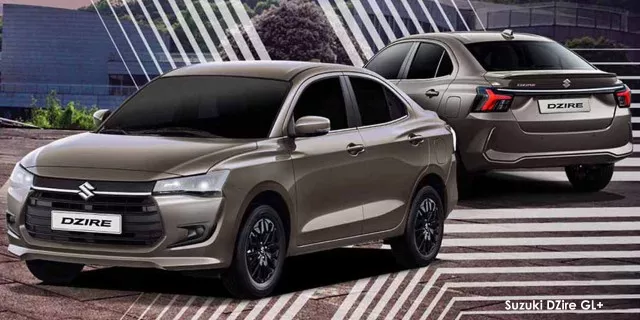Toyota Agya review – An entry-level hatch to consider

For South African motorists with modest budgets, the Toyota Agya is a genuine contender in the entry-level segment.
I drove the Agya 1.0 Audio for a few days to see what this Toyota has to offer – and at R188,800 with a radio, the little car has a lot going for it.
The engine
Like many Toyotas sold in South Africa today, the Agya is not really a fully-fledged Toyota but rather a rebadged Daihatsu Ayla.
I looked everywhere for a Toyota wordmark, but apart from the badges, it’s 100% Daihatsu.
Sure, Daihatsu is a subsidiary of Toyota, but the Agya didn’t really feel like a Toyota to me.
Its direct competition is the Suzuki Celerio GL, Datsun Go Mid 1.2, Renault Kwid Dynamique, Kia Picanto Start, and Hyundai Atos Motion.
In this company, the Agya is comfortable.
It features a 1.0-litre, three-cylinder engine putting out 49kW and 89Nm – which is a little less than most of the competition.
Acceleration with the Agya’s gruff three-pot engine note is relatively brisk, with gearing that matches the in-town driving lifestyle. On the highways, it’s loud and very buzzy at higher speeds.
Keeping to 120km/h is not a challenge, but overtaking does take a level of planning and should not be attempted on an uphill.
It will do 0-100km/h in the time it takes a Porsche Cayenne Turbo to hit 200km/h – 14.6 seconds – and tops out at 165km/h.
Despite the “aerodynamic aids”, however, it does feel a little light at speeds above 125km/h.
Styling
The styling of the car is somewhat at odds with its performance and drive.
Anthracite-coloured wheels, a large tailgate wing, and aggressive-looking front bumpers are contrary to its acceleration and power.
Perhaps it’s a look that the Agya’s target market seeks to differentiate it from the rest of the crowd.
In the safety features category, as with almost the whole segment, this Toyota only sports ABS and two front airbags.
The interior
For an entry-level car, the Agya certainly does come with a number of welcome conveniences.
In the driver’s seat, everything falls close to hand, while the heating and ventilation controls are all electronic buttons with a small digital display – which is unusual at this price.
The instrument binnacle could also be from any entry-level model – a speedometer, rev-counter, and small digital cluster for the trip meter, fuel gauge, and clock are present.
The only way to open the boot is then by removing the “emergency key” from the fob and inserting it into the lock on the tailgate – or by opening the driver’s door and using the floor-mounted release.
For this reason, parcels went straight onto the back seat when I drove it.
This hatchback also has a high seating position and fixed steering column, so despite the feeling of airiness around your shoulders, your legs can feel cramped.
The dark charcoal seat fabric also appears to be quite durable and soft, and the seats proved comfortable on longer trips.
Rear seat accommodation is adequate enough, too which will suit growing families.
Conclusion
While there is little doubt this Japanese hatch is going to be reliable, it does not provide the definitive sense that it’s any better than the competition.
The key selling points, therefore, are its frugality – the claimed 4.8l/100km is not far off, even in real-world conditions – and the fact that “it’s a Toyota”.
Additionally, it comes with the Toyota Connect telematics system – which includes built-in Wi-Fi, app-based car checks, s vehicle locator, and mileage verification services.
Truth be told, the main deciders in this segment usually come down to brand preference, proximity to a dealership, and the deal that the salesman is prepared to structure.
The Agya might not stand out from the crowd in every way, but you won’t be missing out by choosing it over the competition.










